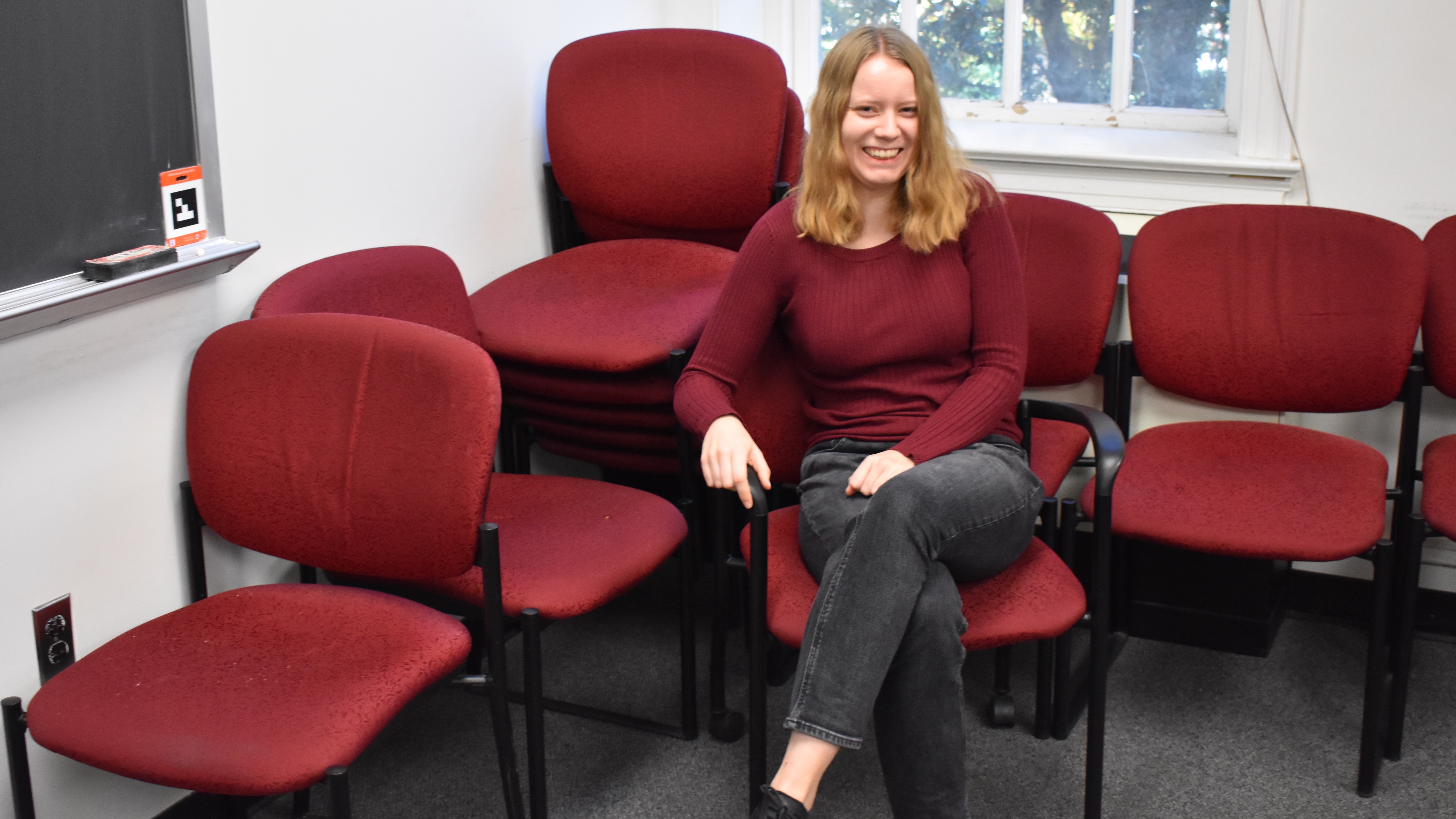Meaning meeting - Elizabeth Swanson / Temporal orientation and the acquisition of attitude verbs

Meaning meeting - Elizabeth Swanson / Temporal orientation and the acquisition of attitude verbs
Tuesday April 16, the Meaning Meeting is led by Elizabeth Swanson, presenting her work on temporal orientation and the acquisition of attitude verbs, abstracted below.
How do children learn the meanings of attitude verbs such as think and want? Attitude verbs are potentially good candidates for syntactic bootstrapping, given the abstractness of their meanings and the robust cross-linguistic split into representationals (think, know) and preferentials (want, need) (Anand & Hacquard, 2013). A previous proposal has suggested that children could acquire the representational/preferential divide by being sensitive to the fact that representational complements have syntax similar to declarative main clauses, however they are marked in a given language (Hacquard & Lidz, 2019). However, some languages, such as European Portuguese and Dutch, do not show such a clear pattern and are potentially problematic for this account. In this project, we examine another possible source of evidence learners could draw on: temporal orientation, which has also been suggested to be key to the acquisition of root and epistemic modals (van Dooren et al., 2022). A rich formal literature has observed that preferentials are typically future-oriented, while representationals can or must be non-future-oriented (Condoravdi, 2002; Klecha, 2016). Here, we examine a corpus of child-directed speech in English to ask (1) whether temporal orientation tracks the representational/preferential split in children’s input and (2) whether surface tempo-aspectual features, which are more directly observable by a learner, correlate with temporal orientation. Preliminary results suggest that preferentials are indeed strongly associated with future temporal orientation, and that non-future temporal orientation tracks representationality. Surface tempo-aspectual features such as tense and aspect correlate reliably with temporal orientation, but they would likely only be transparent to a learner in finite contexts. Overall, sensitivity to temporal orientation appears to be a promising strategy in acquiring the representational/preferential split, but it may need to combine with other syntactic and pragmatic cues to support attitude verb learning.

